Packaging Trivia: Fun Facts You Didn't Know
Packaging is an essential part of our everyday lives, yet many people overlook its fascinating
history and evolution. From ancient methods to modern innovations, packaging has undergone
significant transformations that reflect cultural, economic, and technological changes. In this
article, we’ll explore some intriguing trivia and fun facts about packaging that you might not know.
1. The Origins of Packaging
Packaging has been around since ancient times. The first known packaging materials included natural
substances like leaves, gourds, and animal skins. These materials were used to protect and transport
goods.
Fun Fact: The earliest recorded use of glass as a packaging material
dates back to around 1500 BC in Egypt, where glass bottles were used to store perfumes and oils.
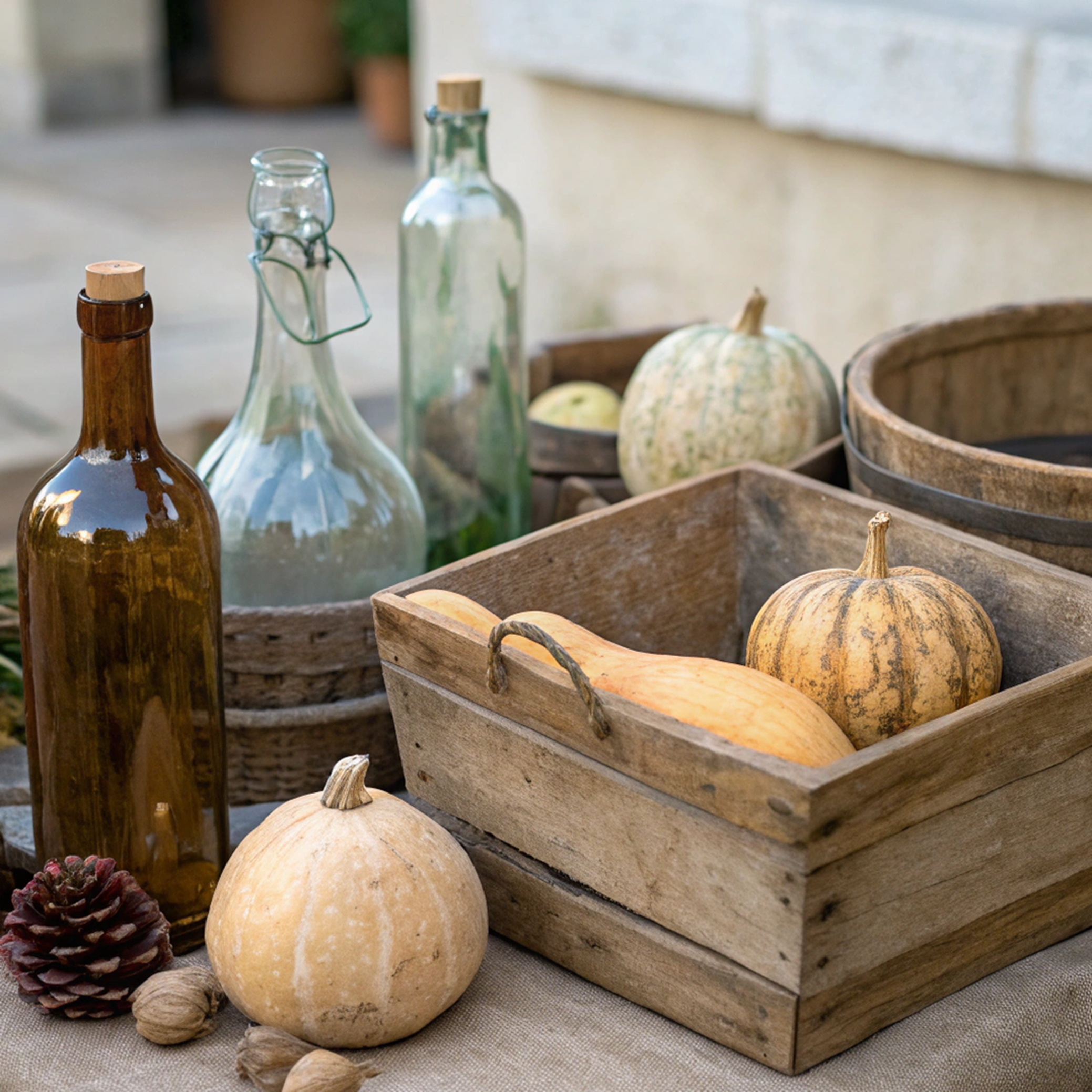 Ancient Egyptians used glass bottles to store precious oils and perfumes.
Ancient Egyptians used glass bottles to store precious oils and perfumes.
2. The Invention of the Cardboard Box
The cardboard box, a staple in modern packaging, was invented in the 19th century. Robert Gair, a
Brooklyn printer and paper-bag maker, accidentally invented the pre-cut cardboard box in 1890 when
he discovered that cutting and creasing cardboard in one operation could create prefabricated boxes.
Fun Fact: The first commercial cardboard box was produced in England in
1817, but it wasn’t until Gair’s invention that mass production became feasible.
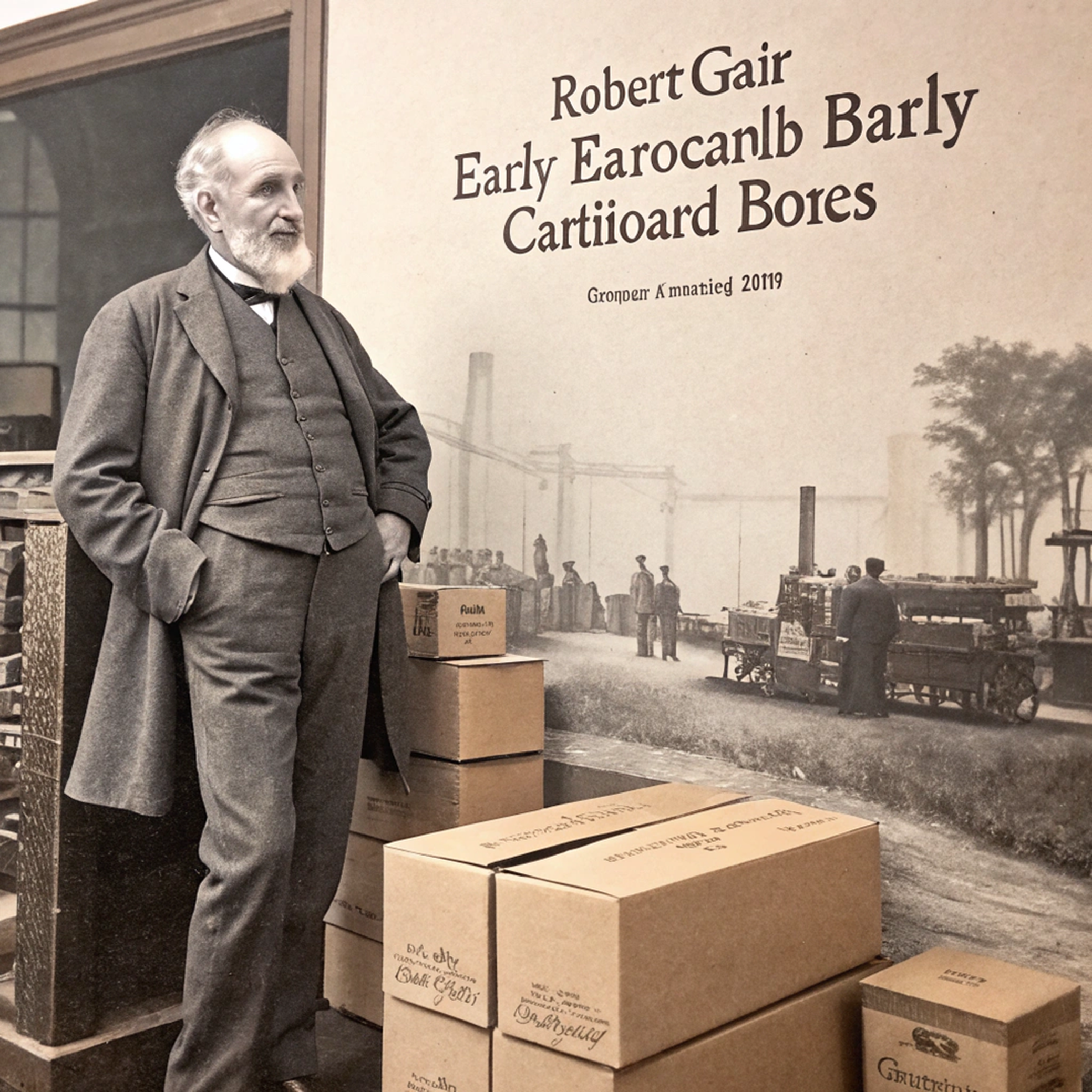 Robert Gair revolutionized packaging with the invention of the precut cardboard box.
Robert Gair revolutionized packaging with the invention of the precut cardboard box.
3. The Role of Packaging in Branding
Packaging plays a crucial role in branding and marketing. The famous Coca-Cola contour bottle,
designed in 1915, is one of the earliest examples of packaging used as a brand identity tool. Its
unique shape was intended to be recognizable even in the dark or broken.
Fun Fact: The Coca-Cola bottle design was inspired by the cocoa bean,
which was mistakenly believed to be an ingredient in the drink.
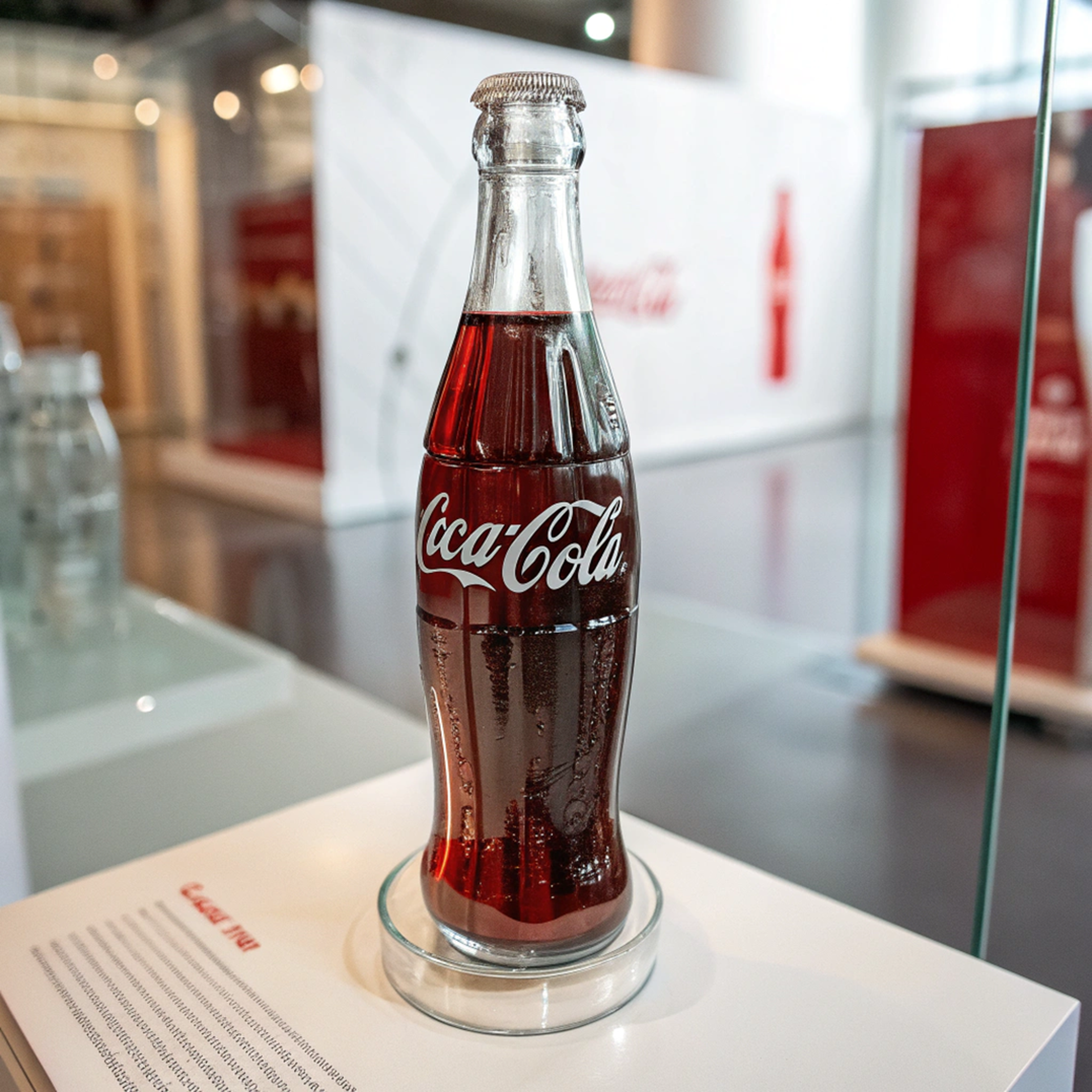 The Coca-Cola contour bottle is a classic example of packaging as a branding tool.
The Coca-Cola contour bottle is a classic example of packaging as a branding tool.
4. The Rise of Plastic Packaging
Plastic packaging became popular in the mid-20th century due to its versatility and durability. The
development of polyethylene in the 1930s and its subsequent use in packaging revolutionized the
industry.
Fun Fact: The first plastic bottle was commercially used by the soft
drink industry in 1970, changing the landscape of beverage packaging.
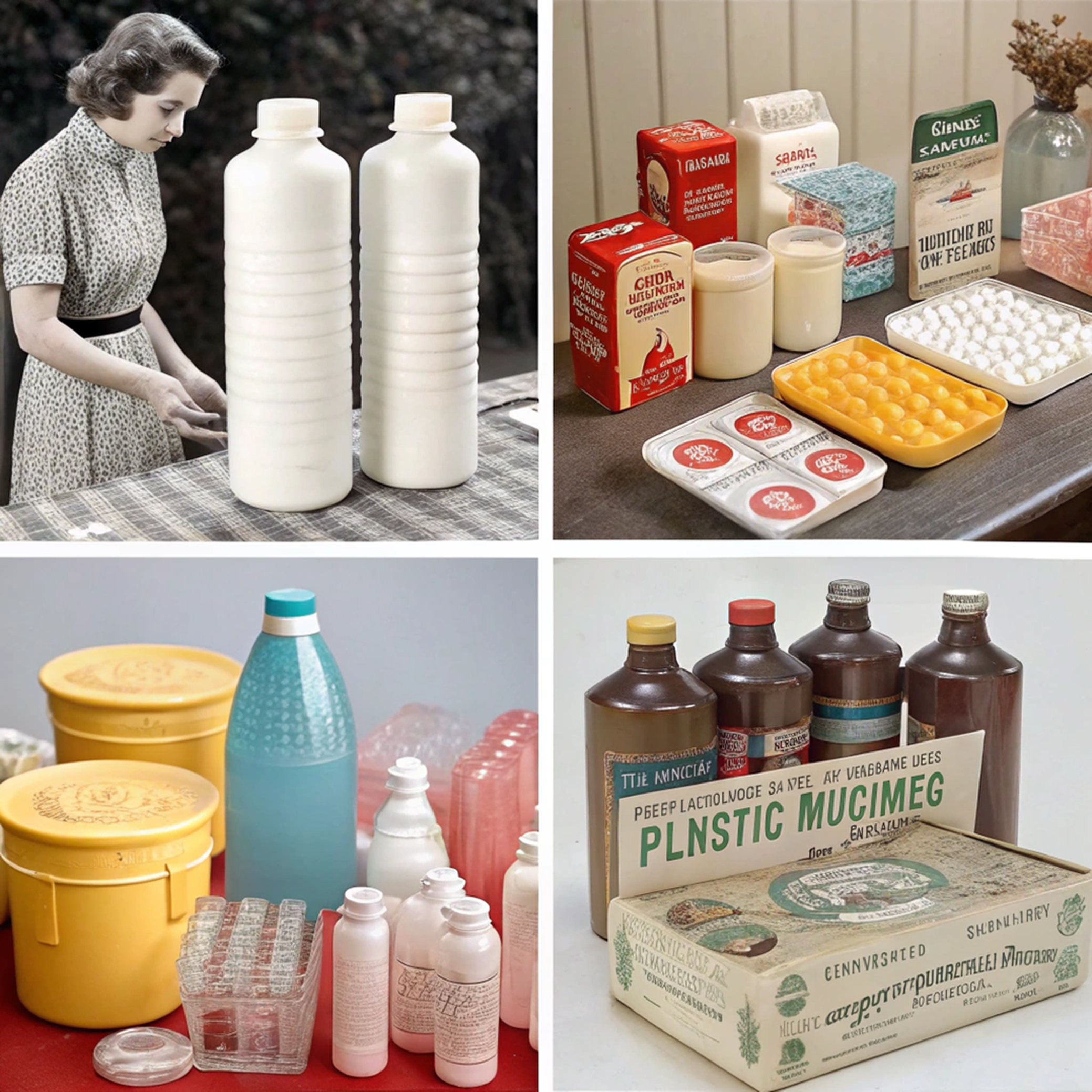 Plastic packaging gained popularity for its durability and versatility in the mid-20th century.
Plastic packaging gained popularity for its durability and versatility in the mid-20th century.
5. The Environmental Impact of Packaging
With the rise of plastic came environmental concerns. Today, the packaging industry is heavily
focused on sustainability, with innovations in biodegradable materials and recycling initiatives.
Fun Fact: The first biodegradable plastic was developed in the 1980s,
and since then, the industry has made significant strides in eco-friendly packaging solutions.
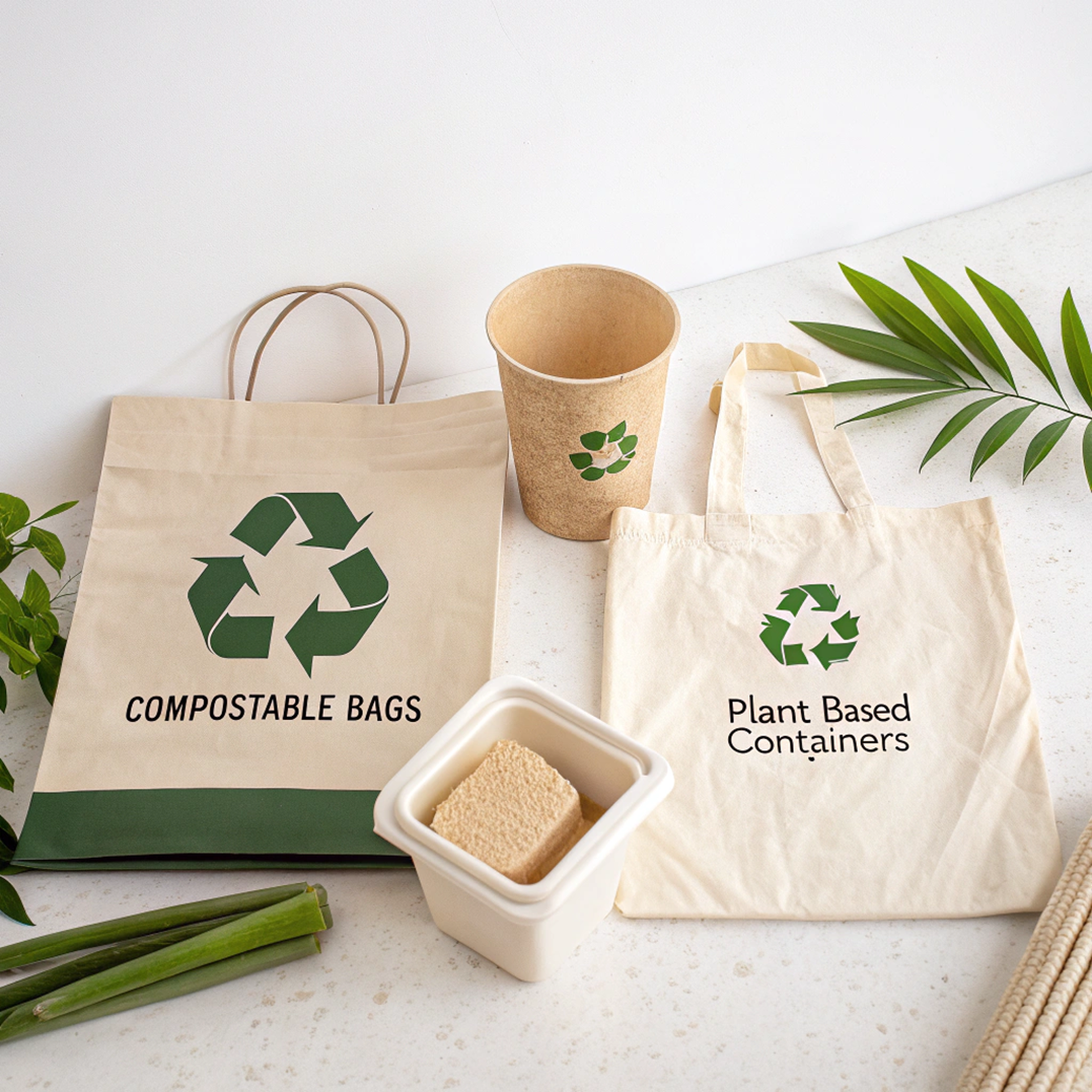 The packaging industry is increasingly focused on sustainability and eco-friendly solutions.
The packaging industry is increasingly focused on sustainability and eco-friendly solutions.
6. Innovations in Packaging Technology
Modern packaging technology includes smart packaging, which can interact with consumers and provide
additional information about the product. QR codes, NFC tags, and even packaging that changes color
to indicate freshness are part of this innovation wave.
Fun Fact: Smart packaging can include sensors that detect spoilage or
temperature changes, enhancing food safety and reducing waste.
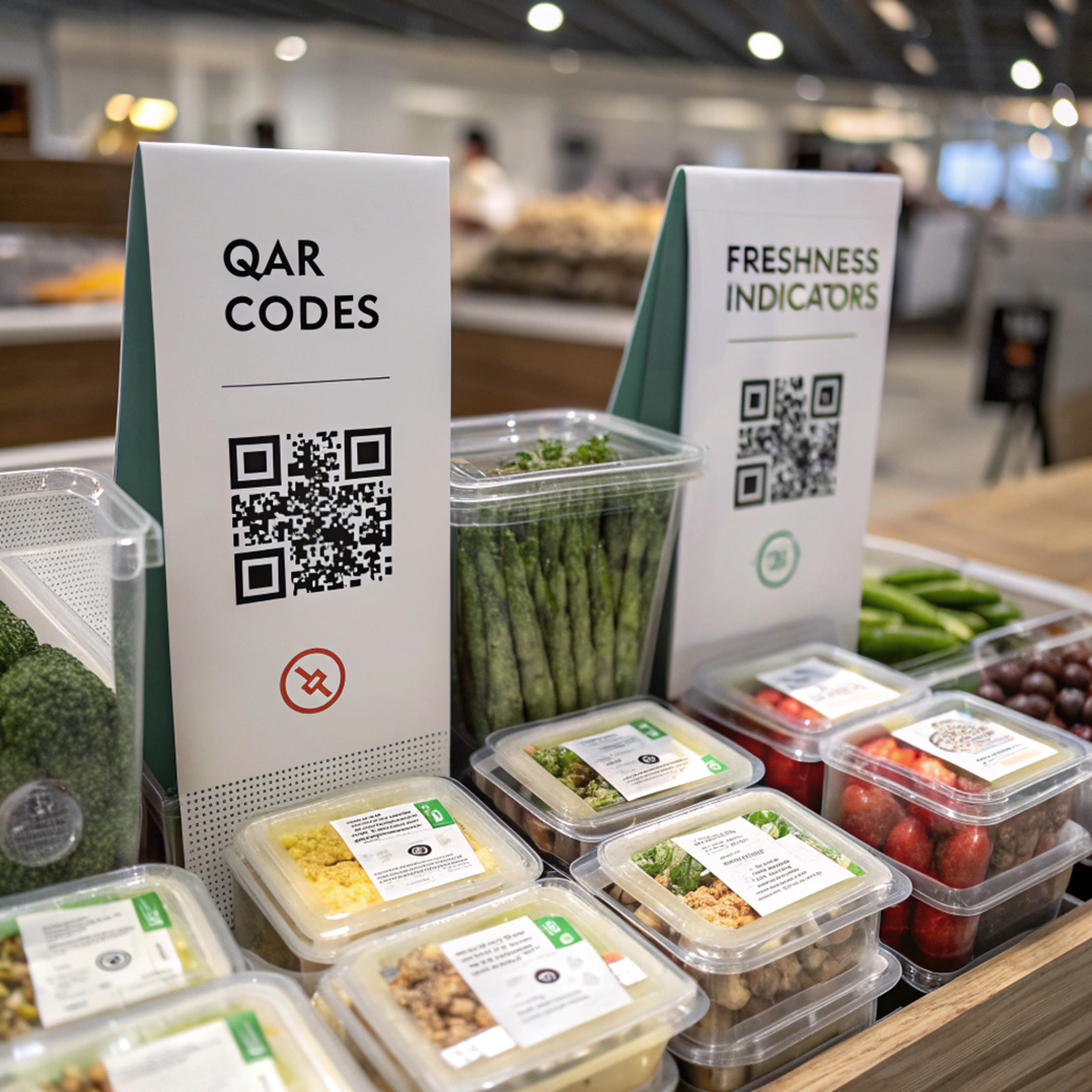 Smart packaging technologies offer interactive and safety-enhancing features.
Smart packaging technologies offer interactive and safety-enhancing features.
7. Packaging and Consumer Behavior
Packaging significantly influences consumer behavior. Studies show that packaging color, design, and
even texture can impact purchasing decisions. Consumers often associate certain colors with specific
qualities, such as green for eco-friendliness or blue for trustworthiness.
Fun Fact: Research indicates that a product's packaging can be as
influential as the product itself in a consumer's decision to purchase.
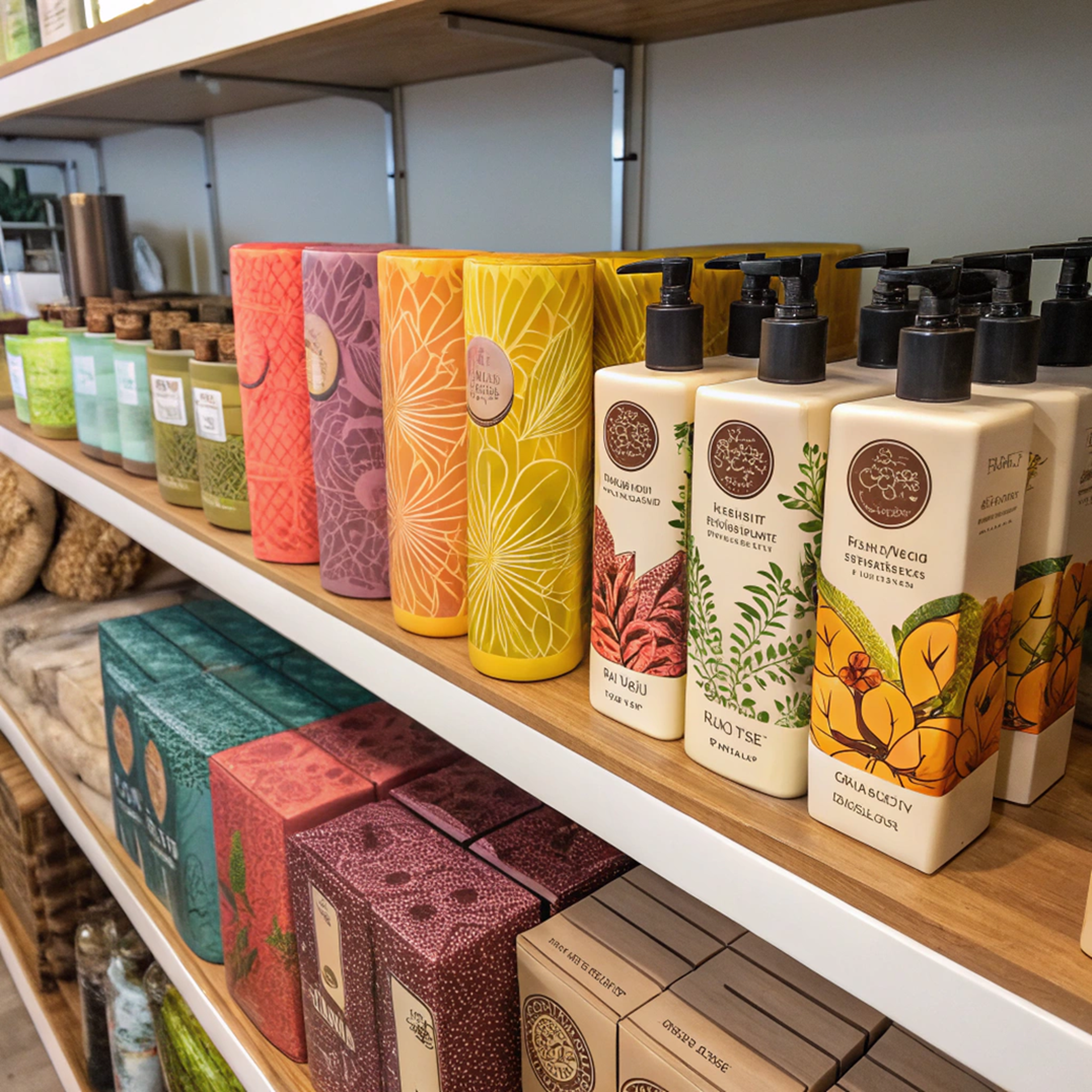 Packaging design plays a crucial role in influencing consumer purchasing decisions.
Packaging design plays a crucial role in influencing consumer purchasing decisions.
8. The Most Expensive Packaging
Luxury brands often invest in high-end packaging to enhance their products' perceived value. The
most expensive packaging ever used was for a limited edition of the perfume "Clive Christian No. 1,"
which featured a diamond-encrusted bottle.
Fun Fact: The bottle for "Clive Christian No. 1" is valued at $215,000,
making it the most expensive packaging in the world.
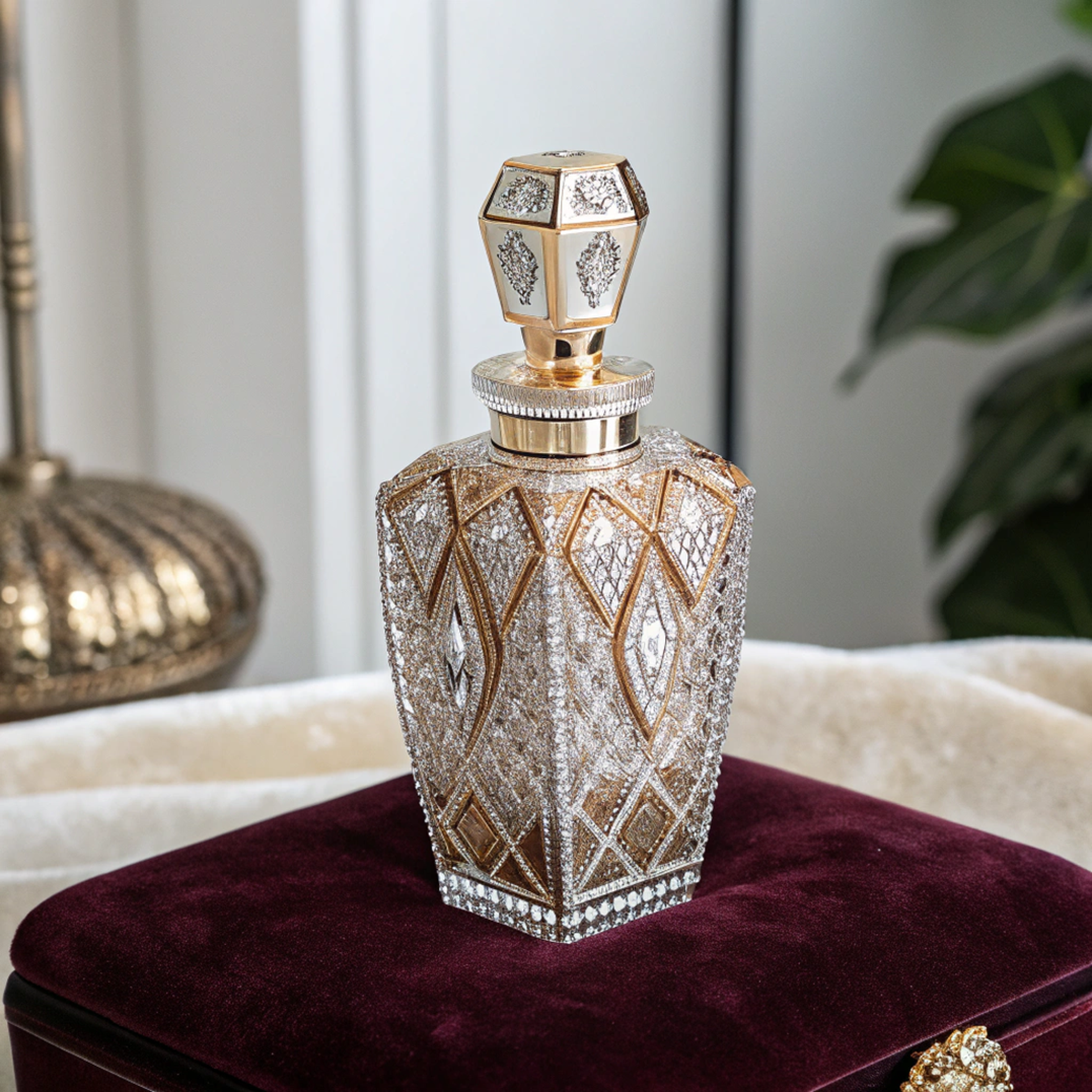 Luxury brands invest in extravagant packaging to elevate their products' prestige.
Luxury brands invest in extravagant packaging to elevate their products' prestige.
9. Packaging and Food Safety
Packaging plays an essential role in food safety by protecting products from contamination and
extending shelf life. Innovations like vacuum sealing, modified atmosphere packaging, and aseptic
processing have transformed food packaging.
Fun Fact: The concept of vacuum sealing was first introduced in the
1940s and has since become a standard in food preservation.
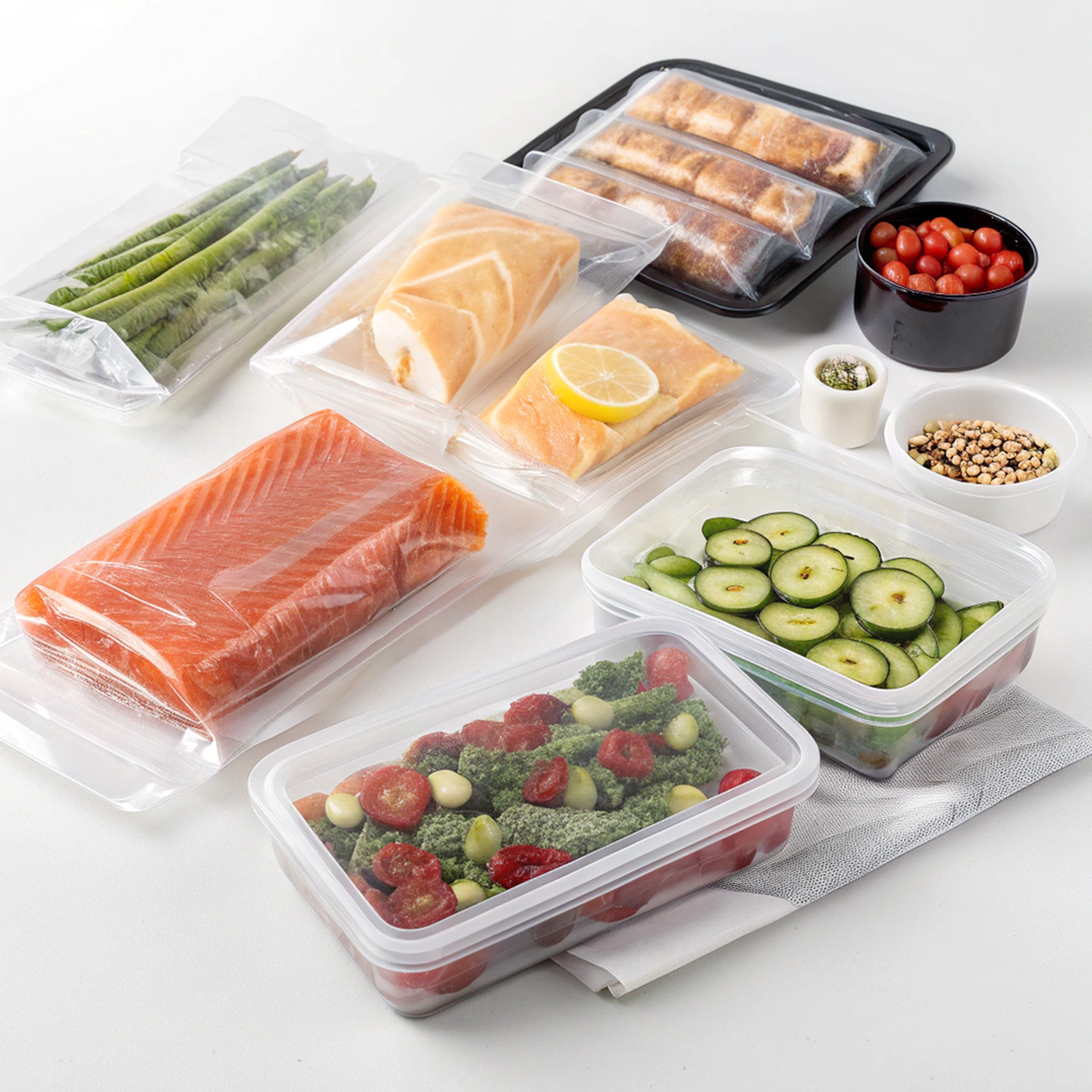 Packaging innovations like vacuum sealing help extend the shelf life of food products.
Packaging innovations like vacuum sealing help extend the shelf life of food products.
10. The Future of Packaging
The future of packaging is geared towards sustainability and innovation. Developments in edible
packaging, plant-based materials, and zero-waste solutions are paving the way for a more sustainable
industry.
Fun Fact: Edible packaging made from natural ingredients like seaweed
and rice is gaining popularity as a sustainable alternative.
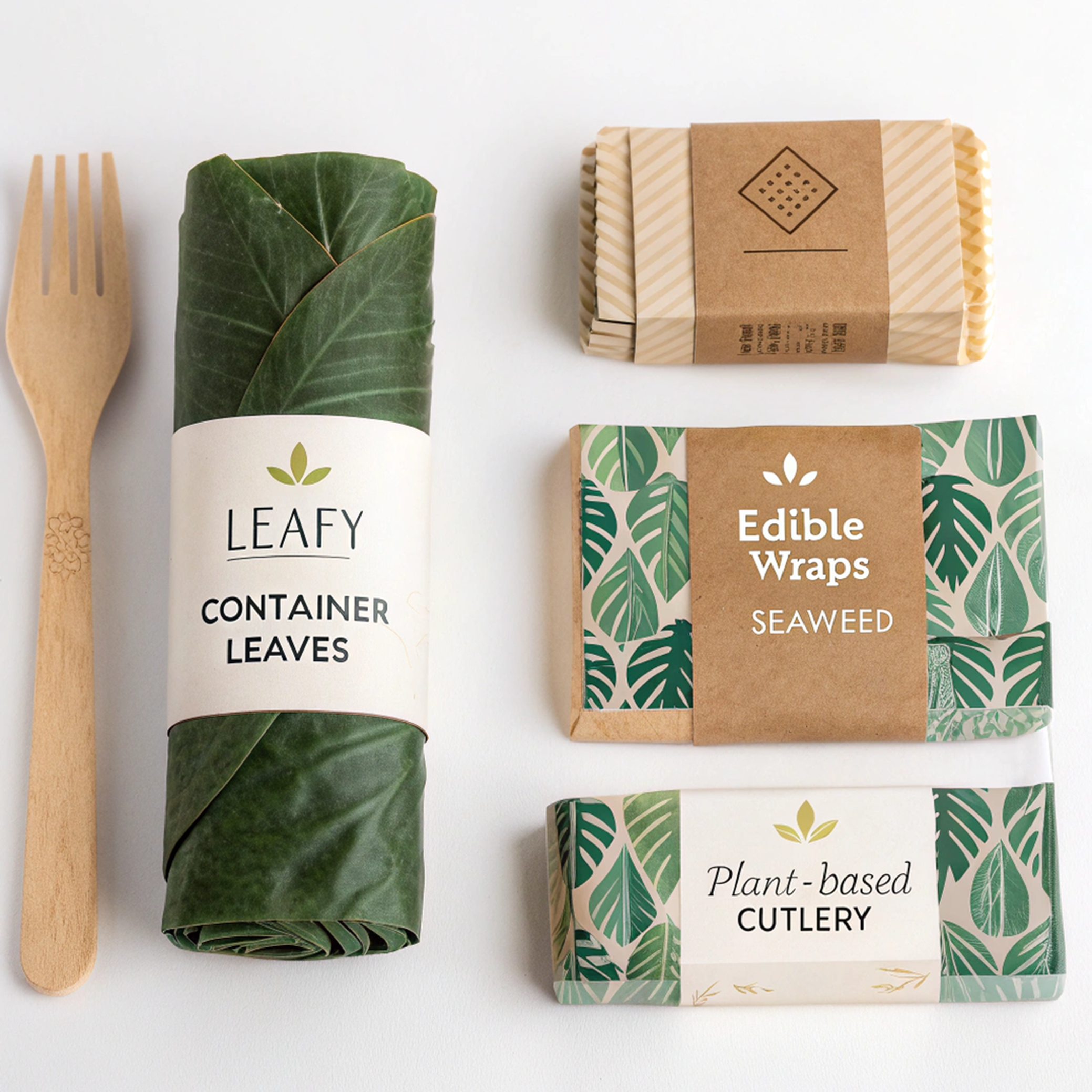 The future of packaging lies in sustainable innovations like edible and plant-based materials.
The future of packaging lies in sustainable innovations like edible and plant-based materials.
Conclusion
Packaging is more than just a protective layer; it is a dynamic field that reflects cultural shifts,
technological advancements, and consumer preferences. From its ancient origins to its modern
innovations, packaging continues to evolve, offering exciting possibilities for the future.
Understanding these fun facts and trivia can deepen our appreciation for the role that packaging
plays in our daily lives.